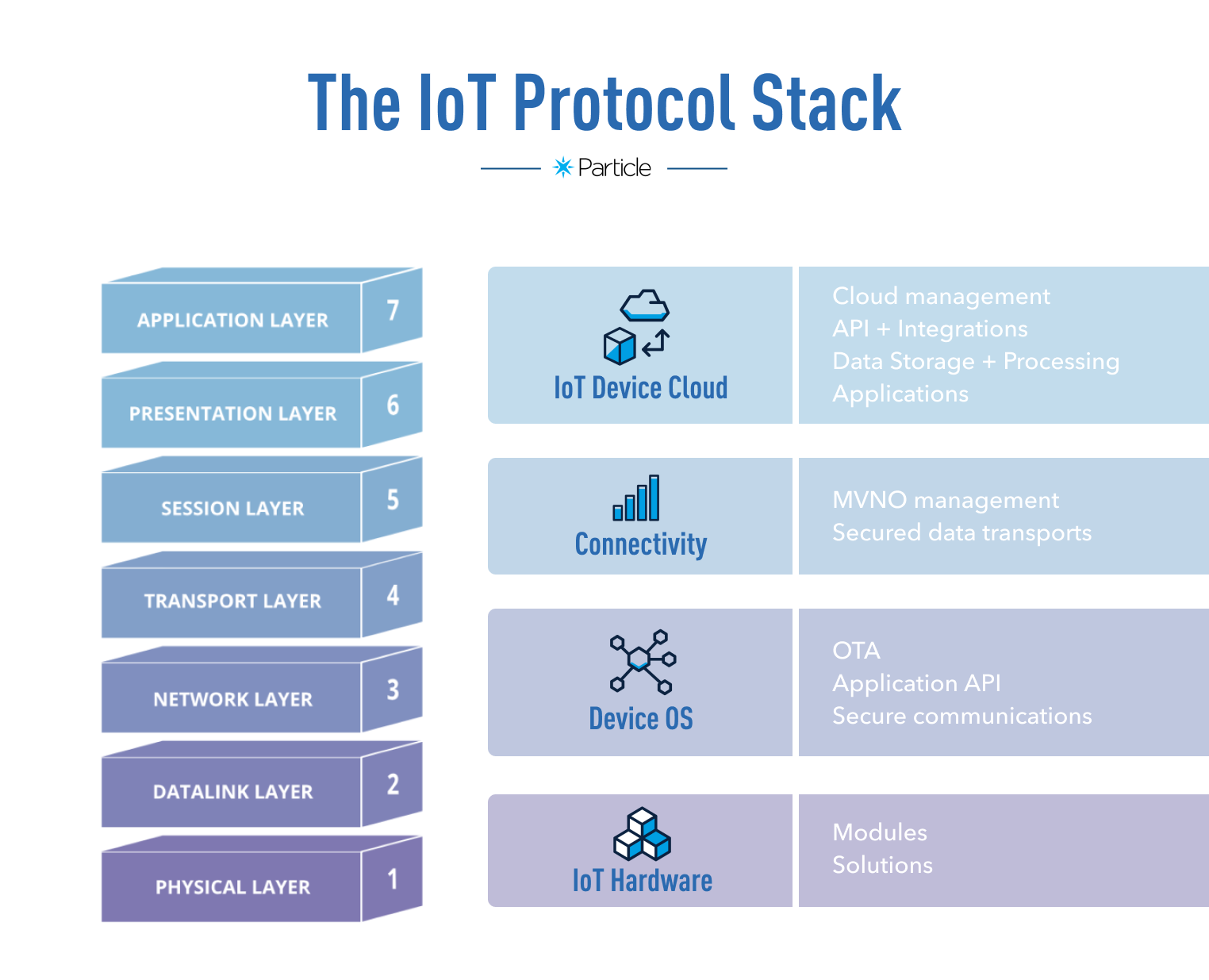the cloud for further processing and analysis.
[/wpremark]

What are the 3 requirements for IoT
The key requirements for any IoT security solution are:Device and data security, including authentication of devices and confidentiality and integrity of data.Implementing and running security operations at IoT scale.Meeting compliance requirements and requests.Meeting performance requirements as per the use case.
Cached
What are the basic components for IoT project
Basic components to design a successful IoT projectSensors and Devices. Devices and sensors are the “thing” part of your IoT projects.Communications.Platform.Applications.Conclusion.
What are the functional requirements for IoT project
This will provide a solid framework for choosing an IoT platform that fits your business needs.IoT Platforms Require Diverse Connectivity.IoT Platforms Leverage Applications.IoT Platforms Manage a Range of Devices.IoT Platforms Generate Massive Amounts of Data.IoT Platforms Require Powerful Analytics.
Cached
What are the 3 major sections of IoT architectural environment
Components of IOTSensors/Devices. Sensors or devices are a component that supports us to collect live information from the surrounding environment.Data Processing. The data is collected, and received from the cloud.User Interface.Connectivity.
What are the 4 important components of IoT
Each application and example of IoT highlights four different integrations of elements: Sensors/devices, Connectivity, Data Processing, and User Interface.
What are the 5 essential components of an IoT system
Components of an IoT EcosystemSensing and embedding components. This is the first tier of an IoT ecosystem and it forms the backbone of the entire Internet of Things network.Connectivity.IoT cloud.IoT analytics and data management.End-user devices and user interface.
What are the most important characteristics for an IoT device
10 Must-Know Characteristics of IoTConnectivity. Connectivity is an essential feature of IoT.Identity of Things. The collaboration of name and number gives an identity to an internet device.Intelligence.Dynamic.Scalability.Self Upgradation.Architecture.Security.
What is the 3 layer model of IoT
The three layers of IoT architecture
It proposes three layers: Perception, Network, and Application. This is the physical layer of the architecture. This is where the sensors and connected devices come into play as they gather various amounts of data as per the need of the project.
What are the 3 views of the IoT reference architecture
Functional View: Description of what the system does, and its main functions. Information View: Description of the data and information that the system handles. Deployment and Operational View: Description of the main real world components of the system such as devices, network routers, servers, etc.
What are the 3 main components for an IoT reference architecture in ERP context
Device management. Data collection, analysis, and actuation.
What does Stage 3 in IoT architecture consist of
The four-stage architecture of an IoT system
In Stage 3, edge IT systems preprocess the data before moving to the data centre or cloud. Finally, in Stage 4, the data is analysed, managed, and stored on traditional back-end data centre systems.
What are the four key components of IoT framework
Each application and example of IoT highlights four different integrations of elements: Sensors/devices, Connectivity, Data Processing, and User Interface.
What is 3 layer of IoT architecture
What are the 3 levels of IoT architecture The most basic architecture associated with the IoT is known as a “three-layered” architecture. Introduced in the early stages of research into this topic, it consists of the perception, network, and application layers.
What are the 3 layers of the Internet
It contains 3 layers – the surface web, the deep web and the dark web as explained by Data Scientist, Denis Shestakov, in his iceberg analogy.
What is an example of IoT Level 3
IoT Level 3
Frequency of data sensing is fast and collected sensed data is stored on cloud as it is big. Data analysis is done on the cloud side and based on analysis control action is triggered using mobile app or web app. Examples: Agriculture applications, room freshening solutions based on odour sensors etc.
